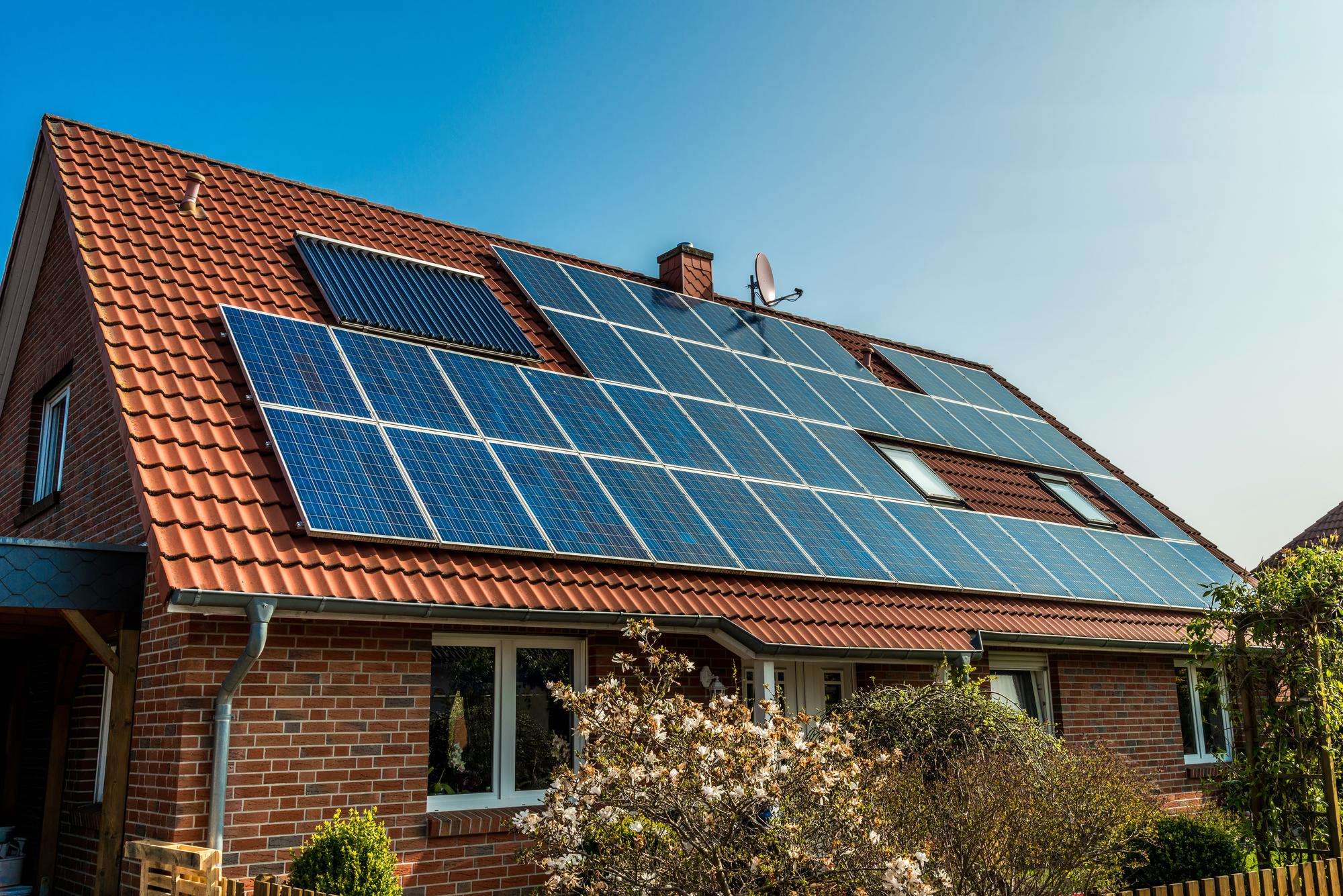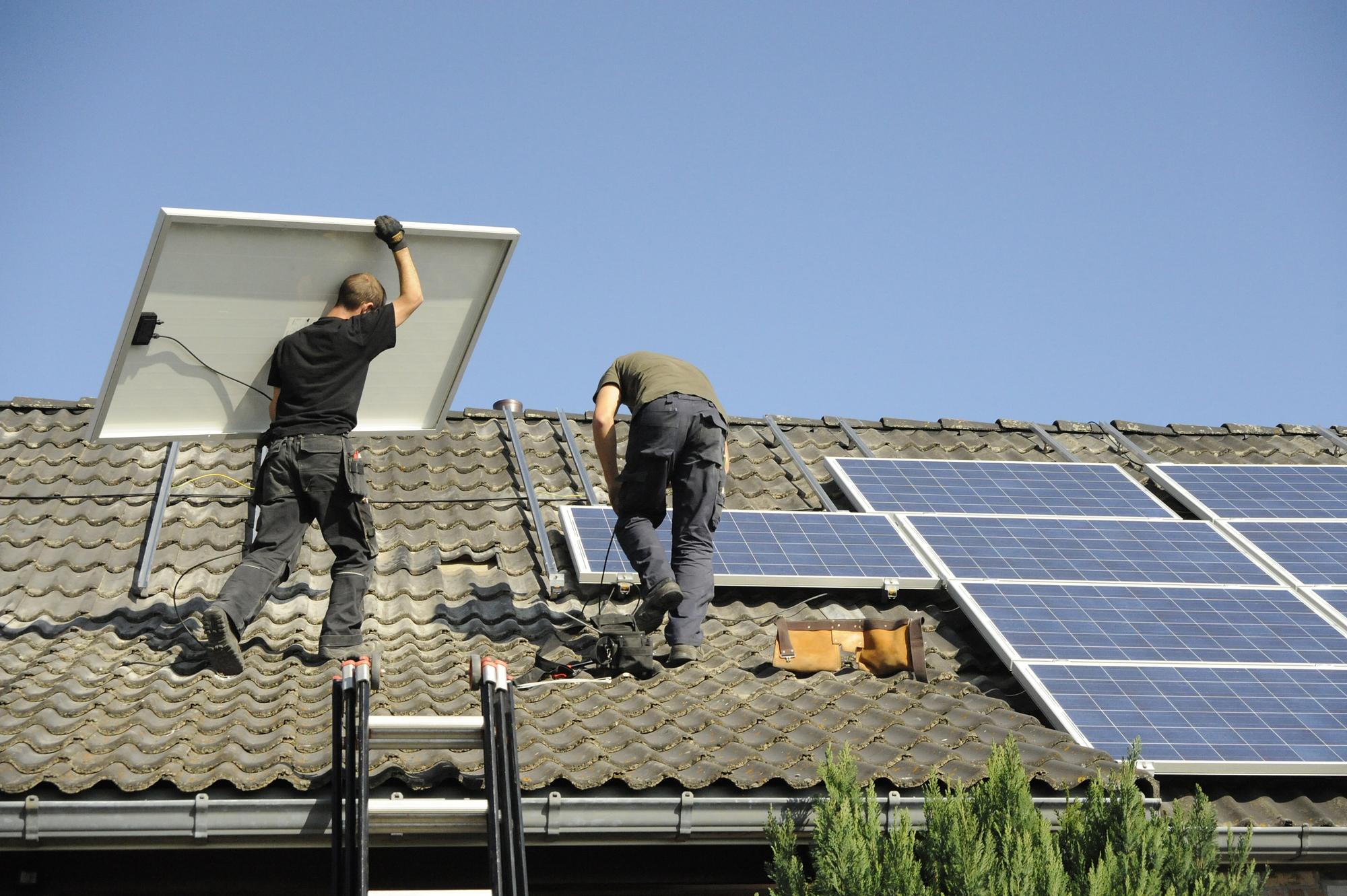What Is A Solar Ballast?
Solar ballasts are special-purpose concrete blocks. They are used for the installation of solar panels and are cemented to the surface of the roof. The solar panels are then attached to the concrete blocks instead of the roof itself. This can be a very good installation option for some homes, as it eliminates the need to drill holes in the roof. In this article, we will examine the pros and cons of this installation method so that you can decide if it’s the best choice for you.
The Pros
The main benefit of this installation method is the fact that you don’t have to drill holes into the roof. Normally, solar panels require long mounting screws that go all the way into the rafters. When done correctly, this is not a problem, as the holes can be sealed and flashed to prevent leakage. Still, it’s a lot of trouble to install, and even a small mistake can result in major damage. Even worse, large screws can create cracks and splits in your rafters if they are not installed properly.
When you opt for ballast blocks, they are attached to the surface of the roof with a strong cement. As you might imagine, that makes for a much faster and easier installation process. As such, this kind of installation is likely to be cheaper. Also, it presents less risk of voiding your roof warranty. Many roof warranties are rendered null and void if the surface of the roof is deliberately pierced.
Ballast blocks are ideal for flat roofs. There is no danger of the blocks sliding out of place, and there is far less danger of leakage. Flat roofs are more vulnerable to water and snow damage than sloping roofs, and that’s why you shouldn’t take chances by drilling big holes into the surface. Flat rooftops are never completely flat. They have a very slight grade that is hard to notice, but that doesn’t leave much room for error. Even a small leak can compromise the ability of a flat roof to shed water.

Solar Panel On A Red Roof
Ballast blocks are pretty heavy, and this makes them resistant to wind lifting. Traditional solar panel mounting systems have often been known to suffer terrible damage during high winds, and solar panels are not cheap. Therefore, anything you can do to protect your investment is a good idea. On that subject, these blocks are pretty durable (as long as you buy the right kind). They resist weathering far better than most other materials.
The Cons
Of course, there are some disadvantages to this mounting system as well. The most obvious problem is the extra weight that comes from a whole bunch of concrete blocks on your roof. In most cases, the weight is not enough to present any danger of collapsing the roof, but they can make a collapse much worse if it should occur. However, high-wind areas might require larger blocks that will exceed the roof’s weight limit. Besides, there is no getting around the fact that extra weight on a home means extra strain on its frame.
You should consider the age of your roof when making this decision. The average roof will last between 15 and 50 years, although that is a ballpark figure. We can reasonably assume that a lot of extra weight will put your roof’s lifespan into the lower end of that range. If your roof is 15 years old or older, it might be a good idea to avoid the concrete blocks so that you don’t reduce the remaining lifespan of that roof.
You also have to be careful about contractors who attempt to cut corners. Not all concrete blocks are equally durable, so you need to make sure you don’t get cheap, low-quality blocks. If you go with the cheap stuff, it will eventually fracture due to changes in the weather. Inferior concrete will naturally expand and contract as they are heated and cooled over time. This puts a lot of strain on the material, and will eventually cause cracks.
If your contractor is using this method, you should ask plenty of questions about the blocks, including where they were purchased. Here’s what you need to watch out for: Some contractors will buy cheap materials so that they can pocket the extra money! This is a highly immoral practice (and it’s also probably against the law), but it is a common one nevertheless.
 It works like this: The contractor will talk you into buying the most expensive blocks on the market, but they know that most concrete blocks look alike. Thus, they know they can probably get away with buying cheap blocks and pocketing the extra cash. You can guard against this by demanding to see the receipt for any materials that are purchased with your funds. More importantly, you need to make sure that those blocks are “freeze/thaw resistant.” That way, you can be confident that they won’t crack to pieces and send your expensive solar panels tumbling off the roof.
It works like this: The contractor will talk you into buying the most expensive blocks on the market, but they know that most concrete blocks look alike. Thus, they know they can probably get away with buying cheap blocks and pocketing the extra cash. You can guard against this by demanding to see the receipt for any materials that are purchased with your funds. More importantly, you need to make sure that those blocks are “freeze/thaw resistant.” That way, you can be confident that they won’t crack to pieces and send your expensive solar panels tumbling off the roof.
That brings us to another subject: The risk of solar panels falling off the roof. Roofs with a steep slope might not find this option to be the best. Gravity will exert more force upon the blocks and the panels, increasing the chance that the cement could fail. The steeper your roof, the less viable this installation method will be.
Conclusion
Unlike most questions related to solar power, the use of solar ballasts is a very simple matter. It’s just a mounting system that has become popular for several reasons. Overall, we think this is a good method, but it might not be the best way to go if your roof has a sharp pitch. Still, it’s always good to have plenty of options. We hope that we have told you everything you need to know about this matter. If so, feel free to fill out the contact form below so that we can keep you updated.







